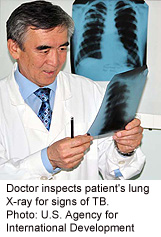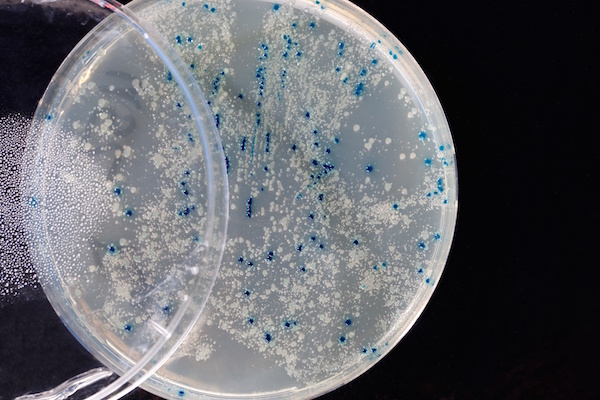
THURSDAY, May 23 (HealthDay News) — A shortage of a critical tuberculosis drug has hampered the efforts of health departments across the United States to contain the spread of the highly infectious lung disease, federal officials report.
The drug, isoniazid (INH), was first used in 1951 and is one of four drugs considered to be the core of any first-line treatment for tuberculosis (TB). Patients must take the drugs for six to nine months, according to the U.S. Centers for Disease Control and Prevention.
However, a national survey of local health departments around the country in January found that many health departments and clinics were having trouble getting INH. According to the report, published in the May 24 issue of the CDC publication, Morbidity and Mortality Weekly Report, the shortage first became severe in November 2012 and was attributed to manufacturing and supply problems.
The January survey, conducted by the National Tuberculosis Controllers Association online, was sent to 68 jurisdictions in all 50 states, including health departments in 10 large U.S. cities.
The survey found that 79 percent of the TB programs that responded said they were having difficulty obtaining INH, 41 percent said they would run out of the drug within a month and 15 percent no longer had any of the drug left.
To deal with the shortage, 69 percent of the TB programs said they switched suppliers, 72 percent prioritized high-risk patients, 68 percent delayed treatment and 88 percent tried alternative treatments. Forty-four percent said they switched to more expensive TB drug regimens.
The CDC researchers said that while the shortage of INH is easing, many health departments still can’t get supplies of the drug and have changed their treatment practices to deal with the shortage. The CDC is working with local, state and international officials, along with suppliers of INH, to alleviate the shortage.
More information
For more on tuberculosis, go to the U.S. Centers for Disease Control and Prevention.

